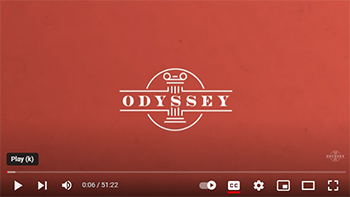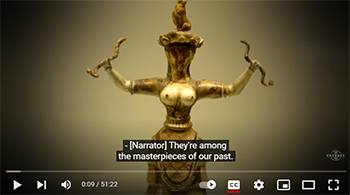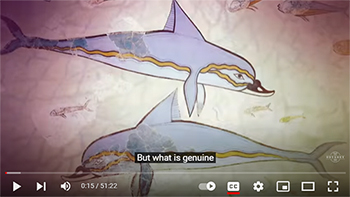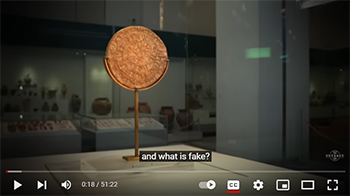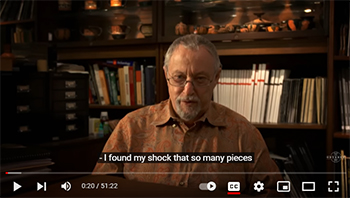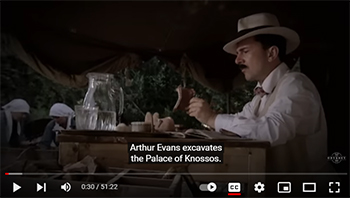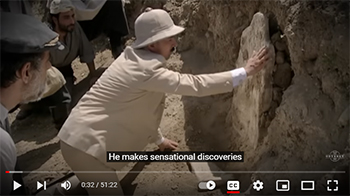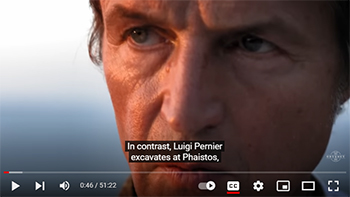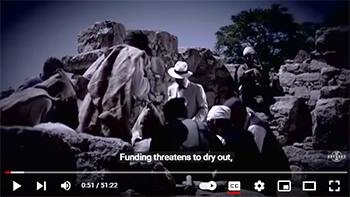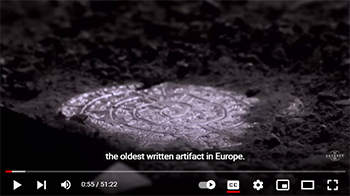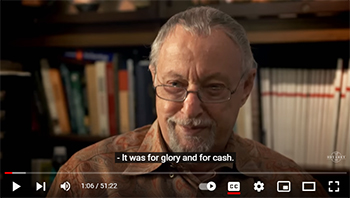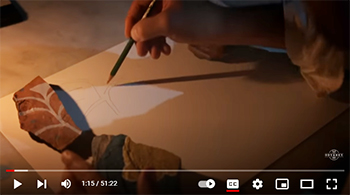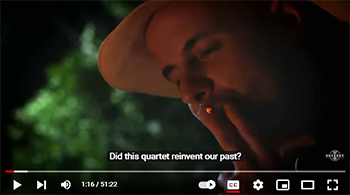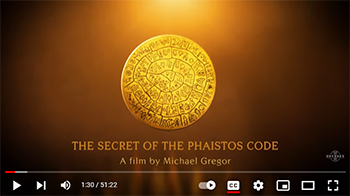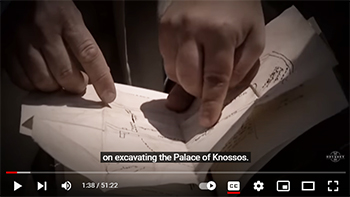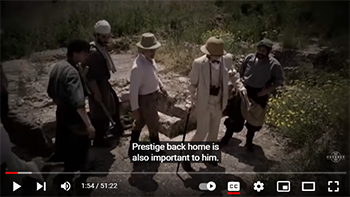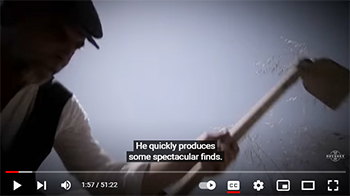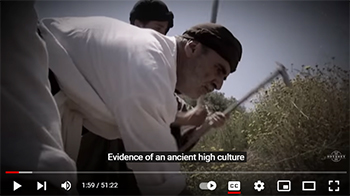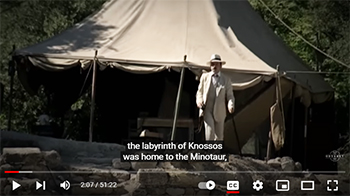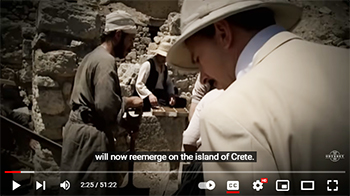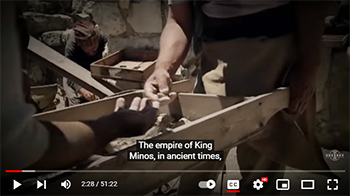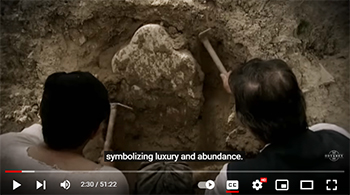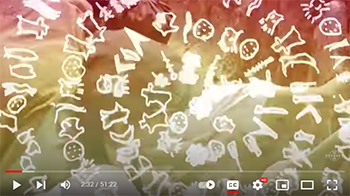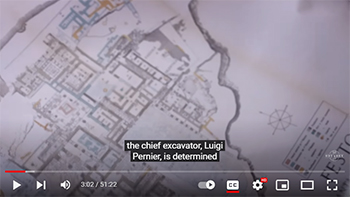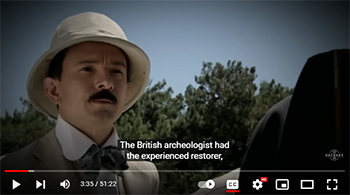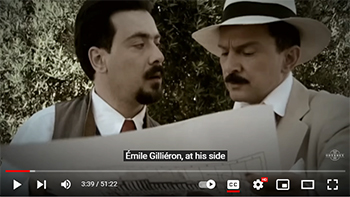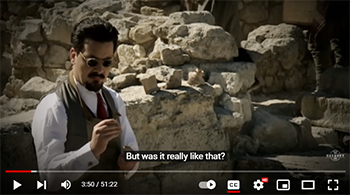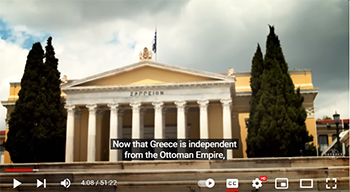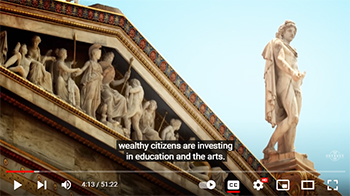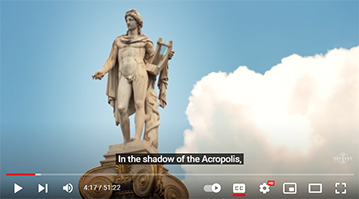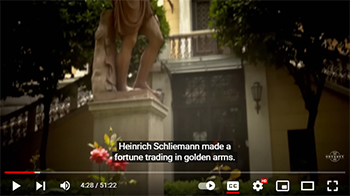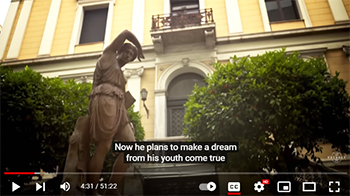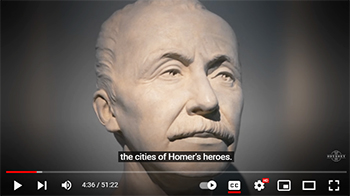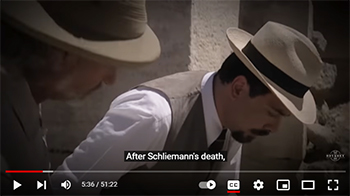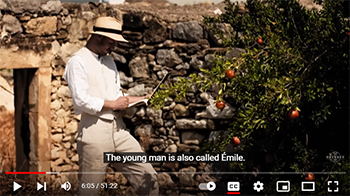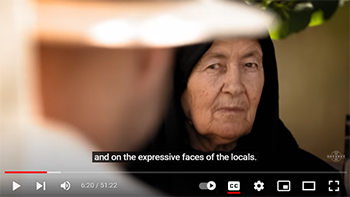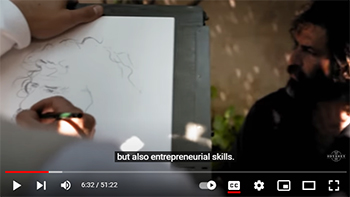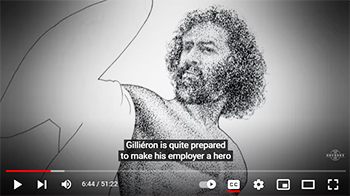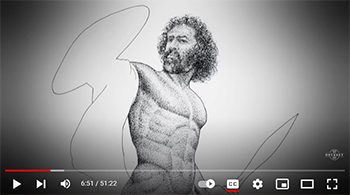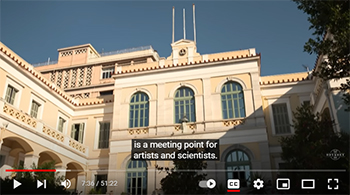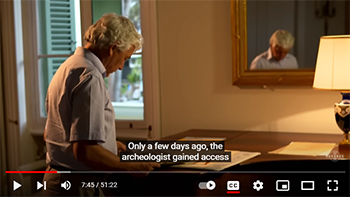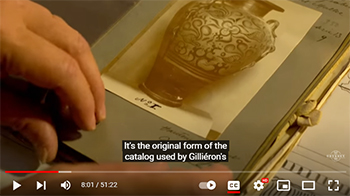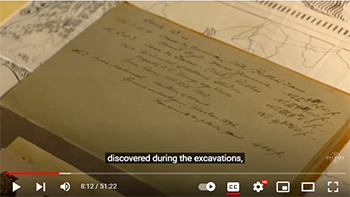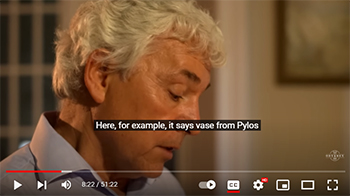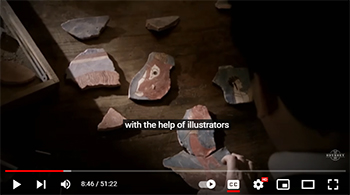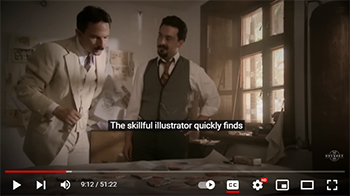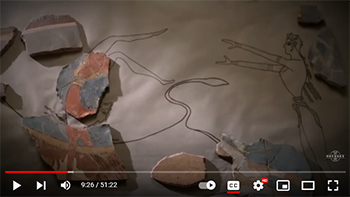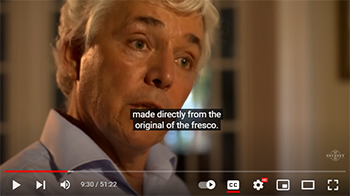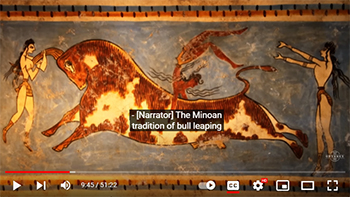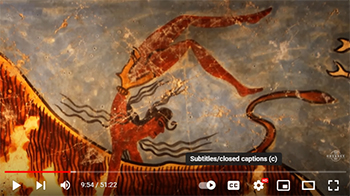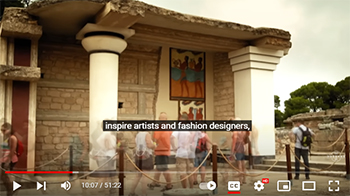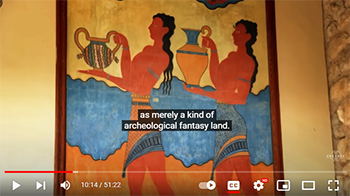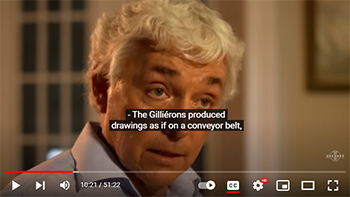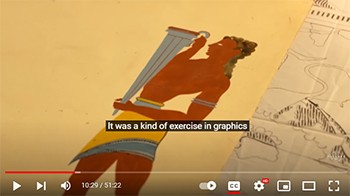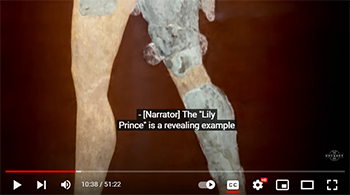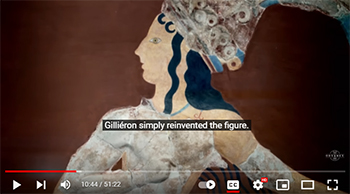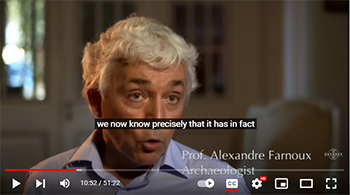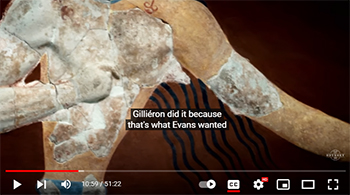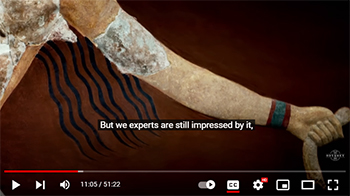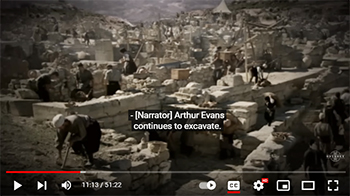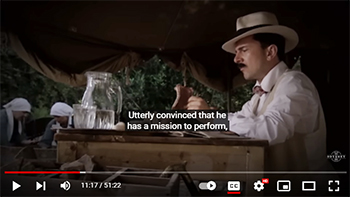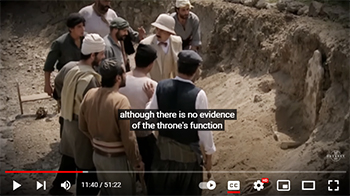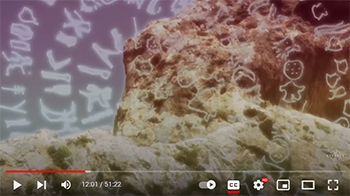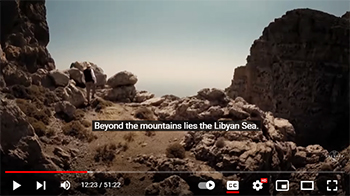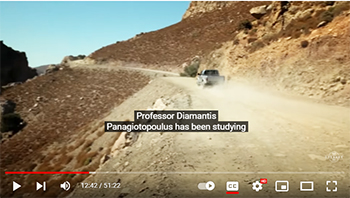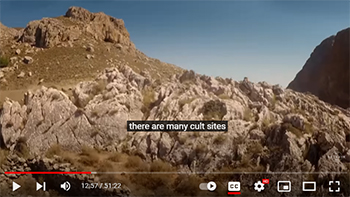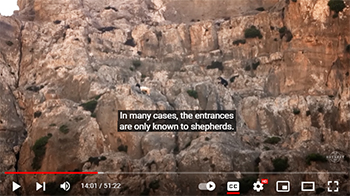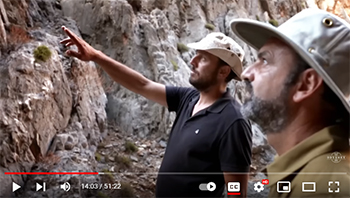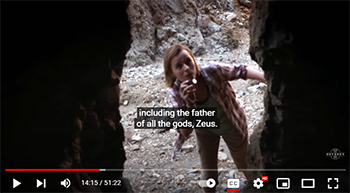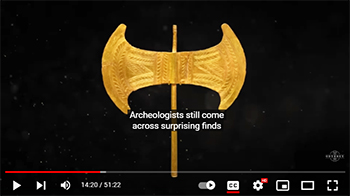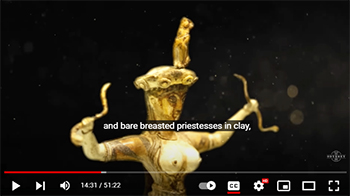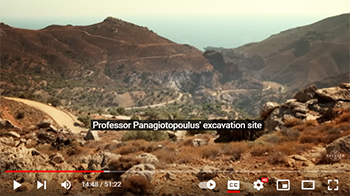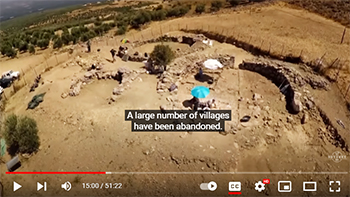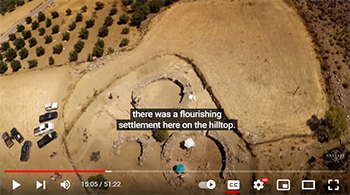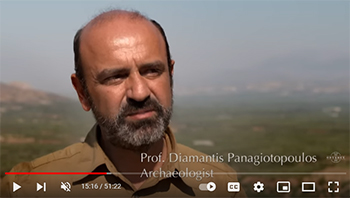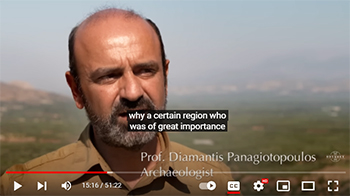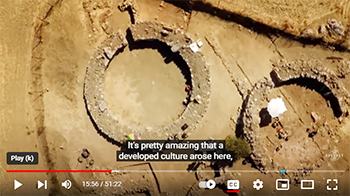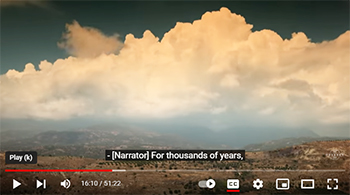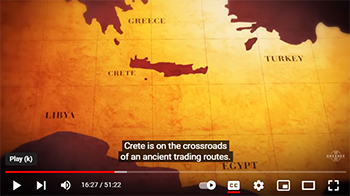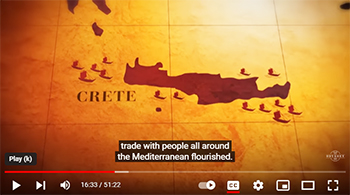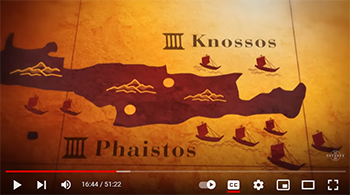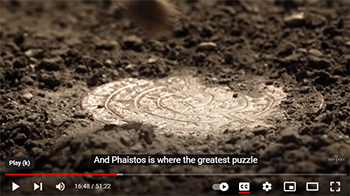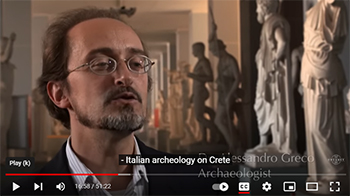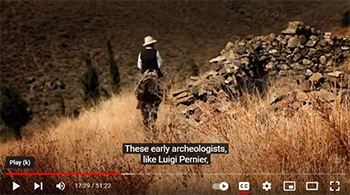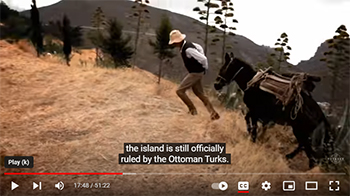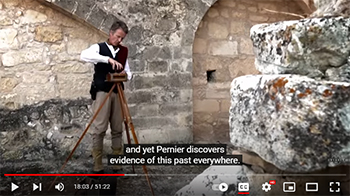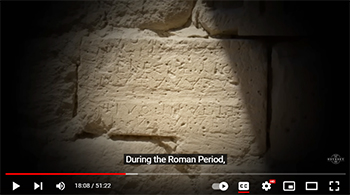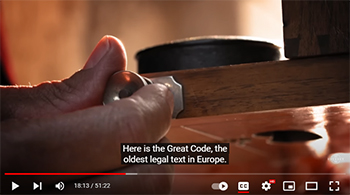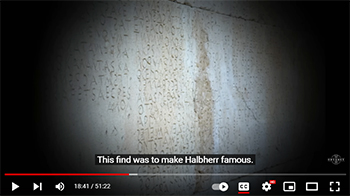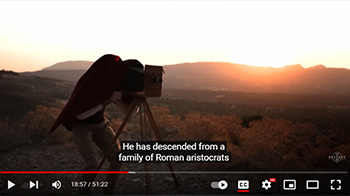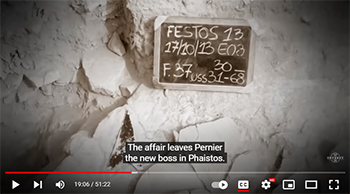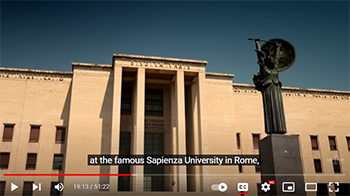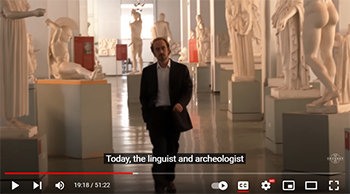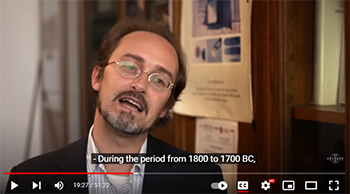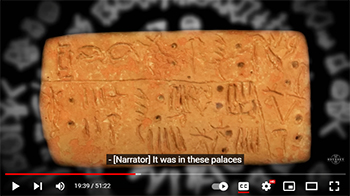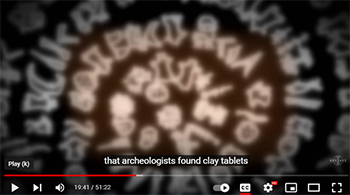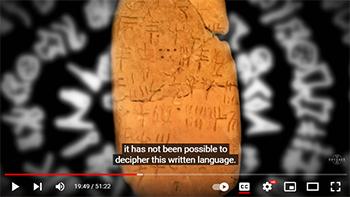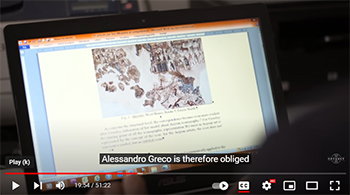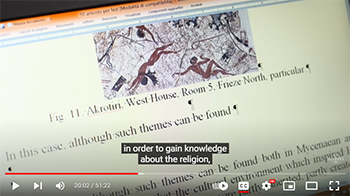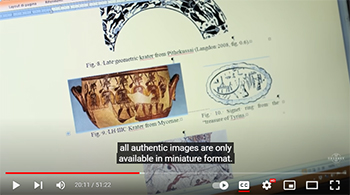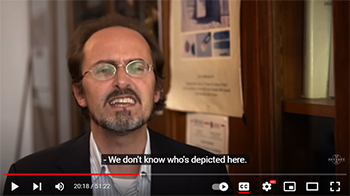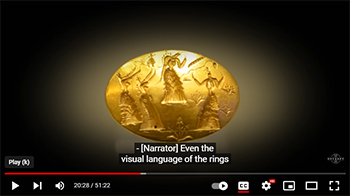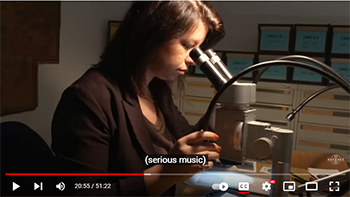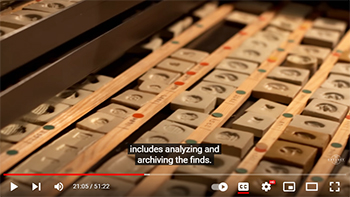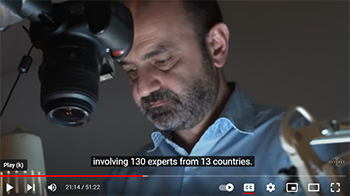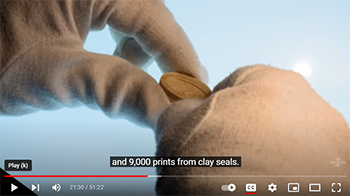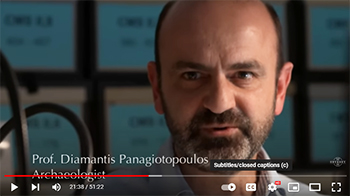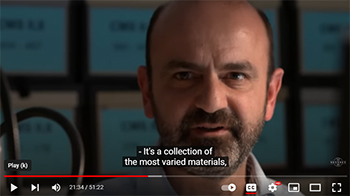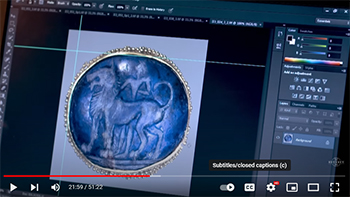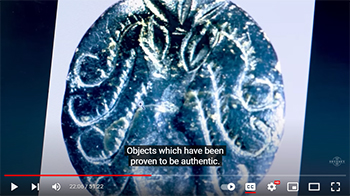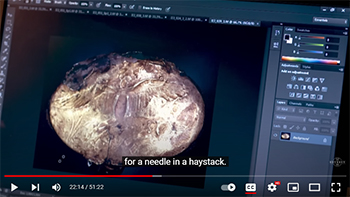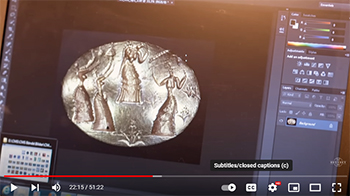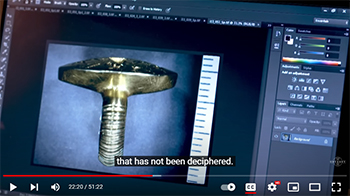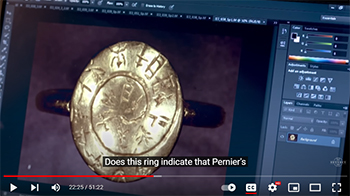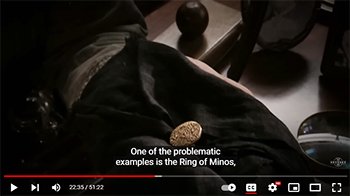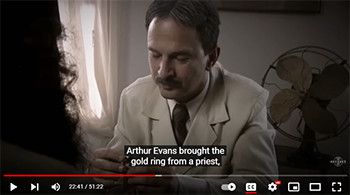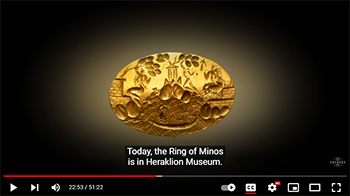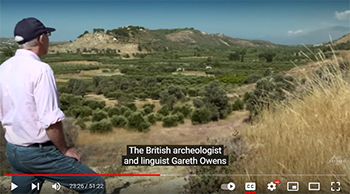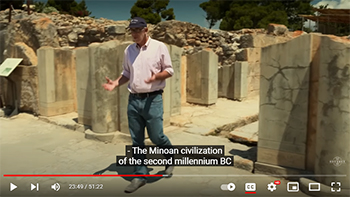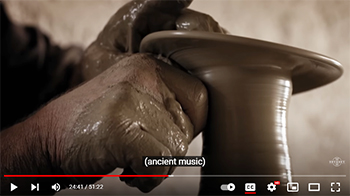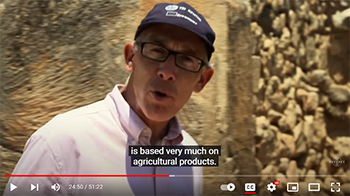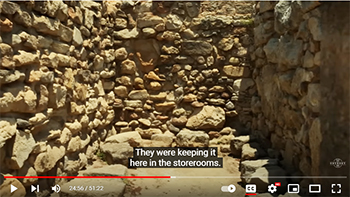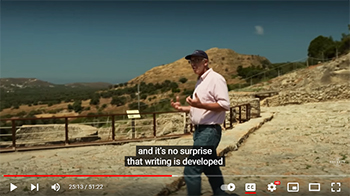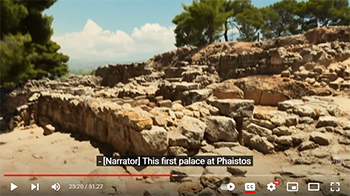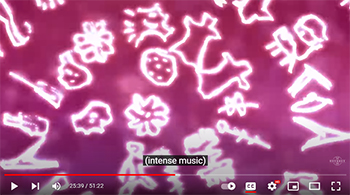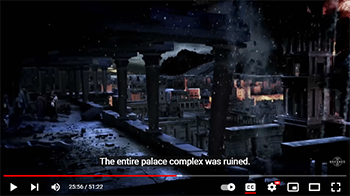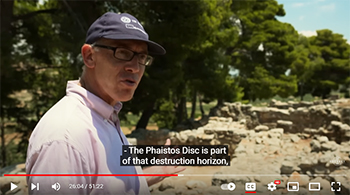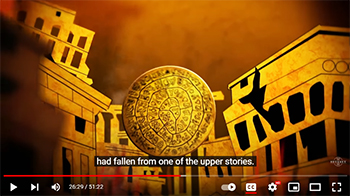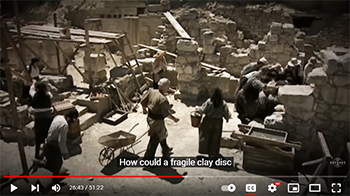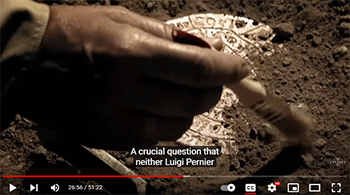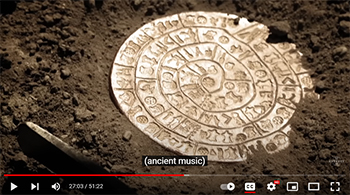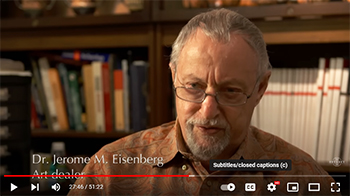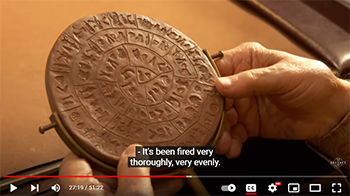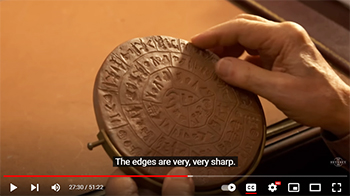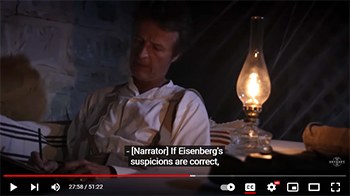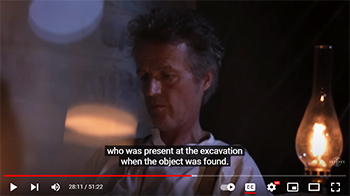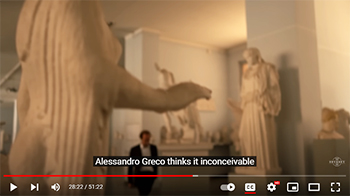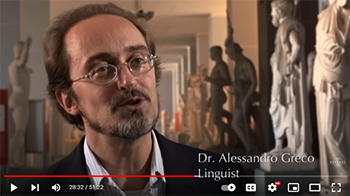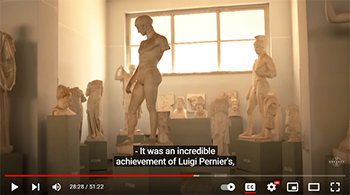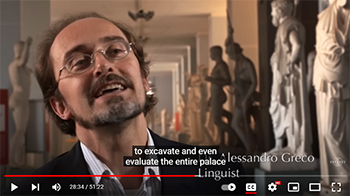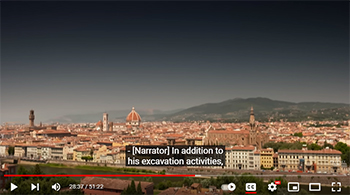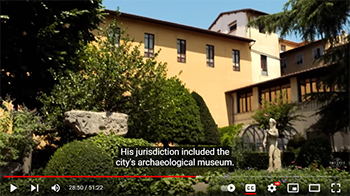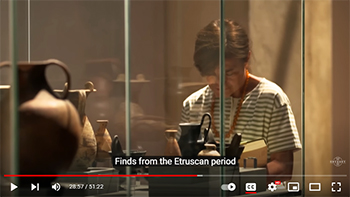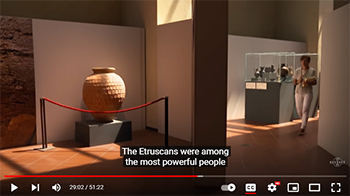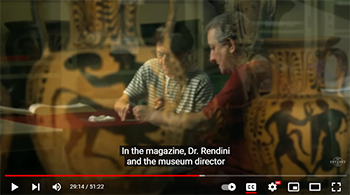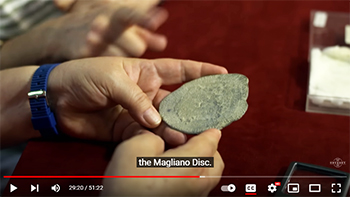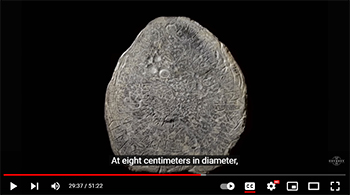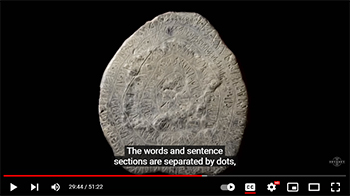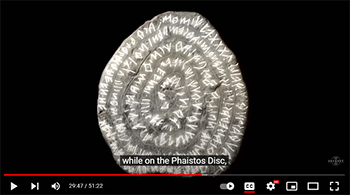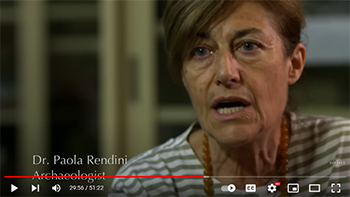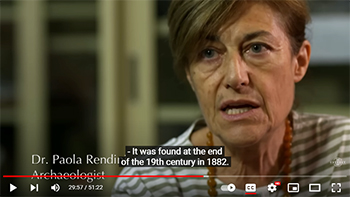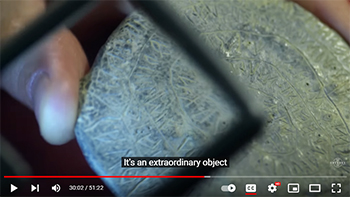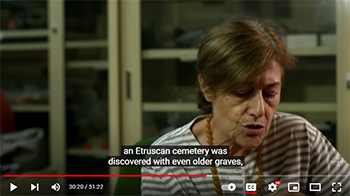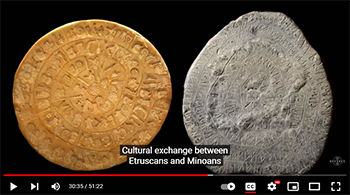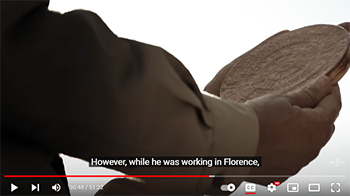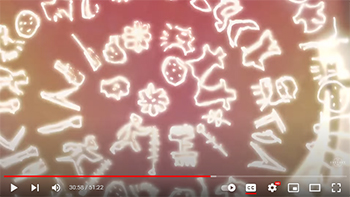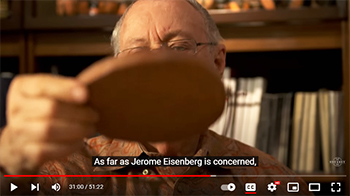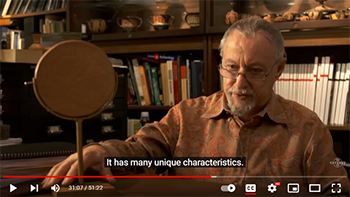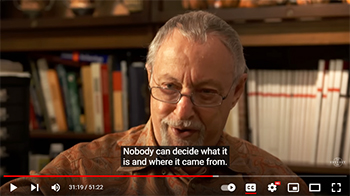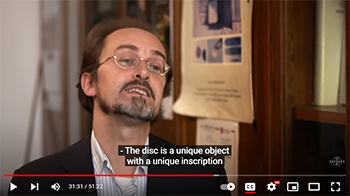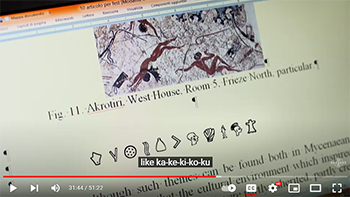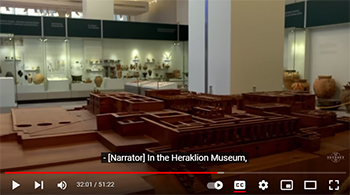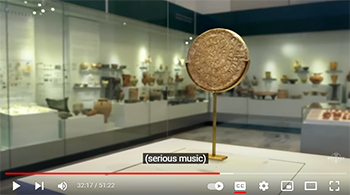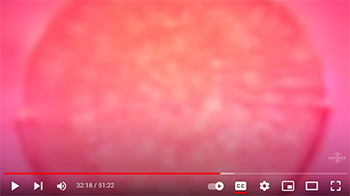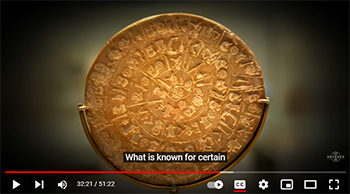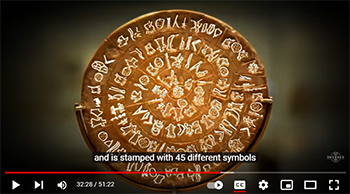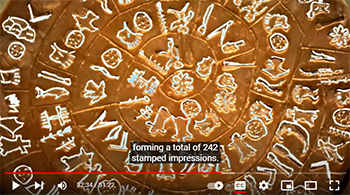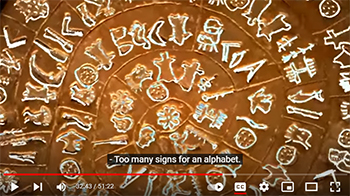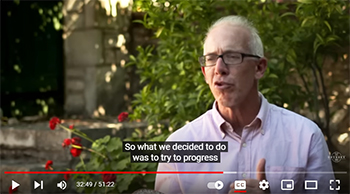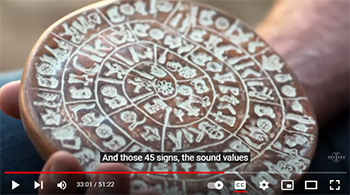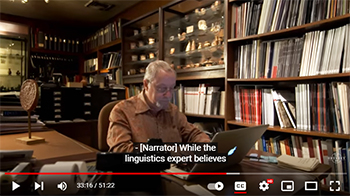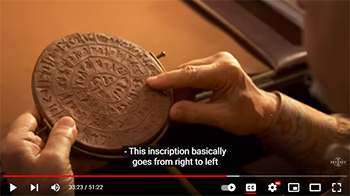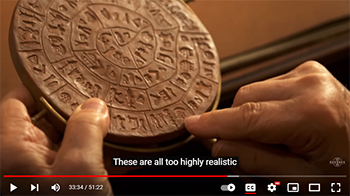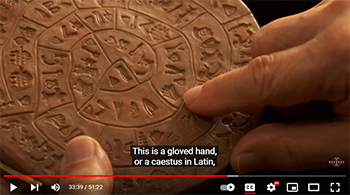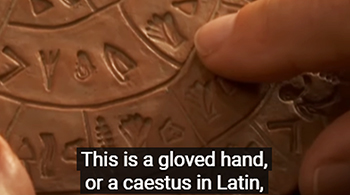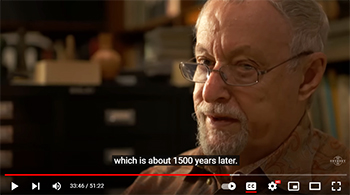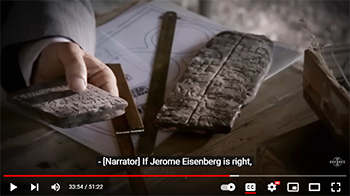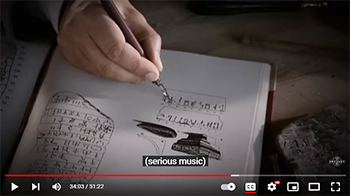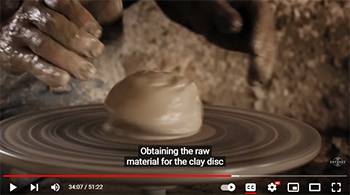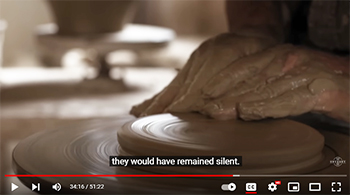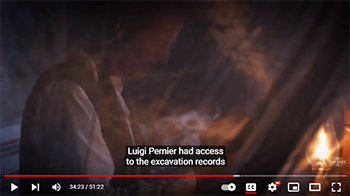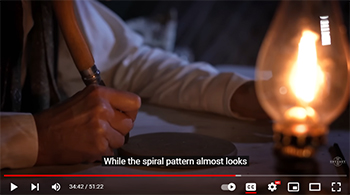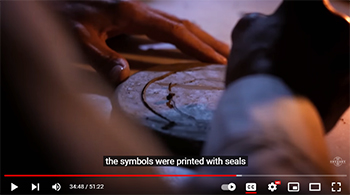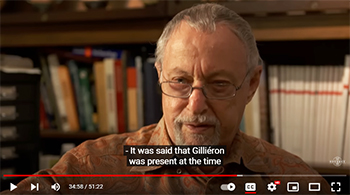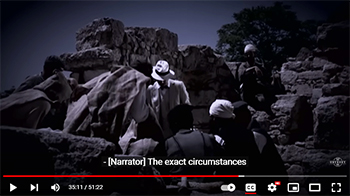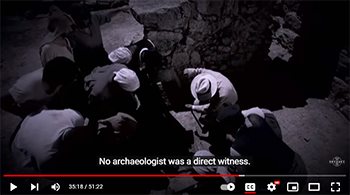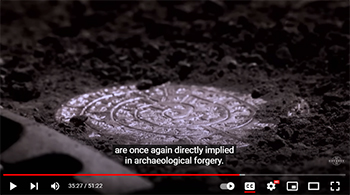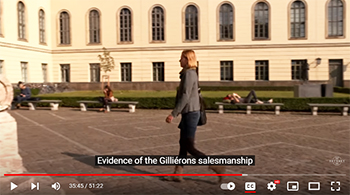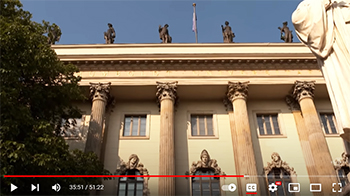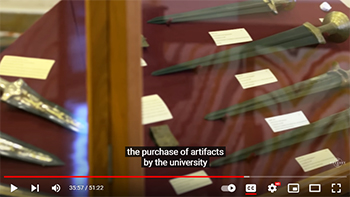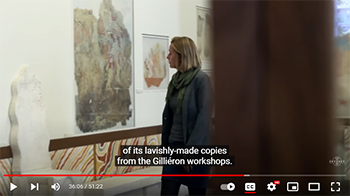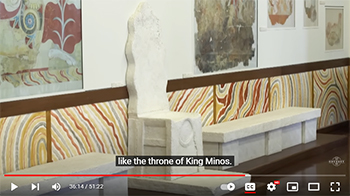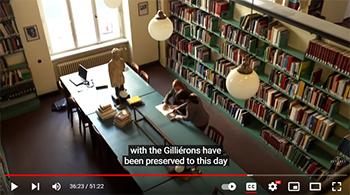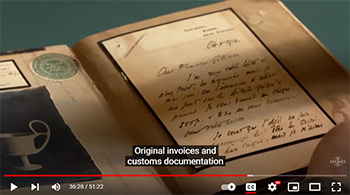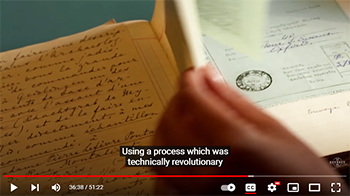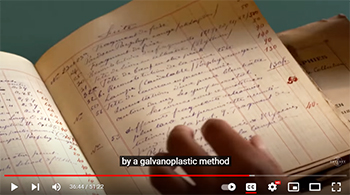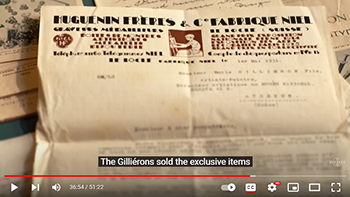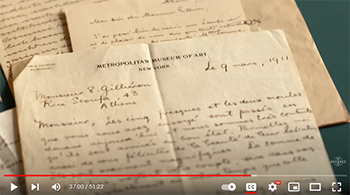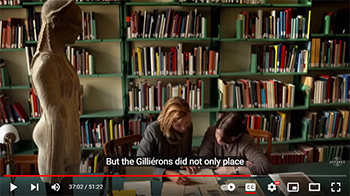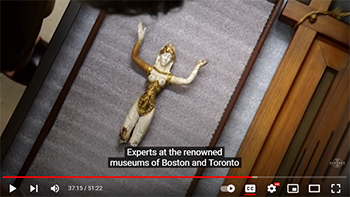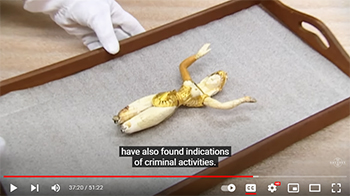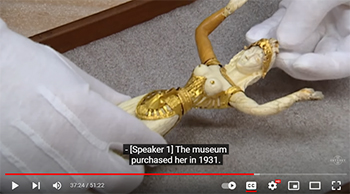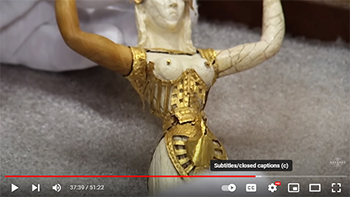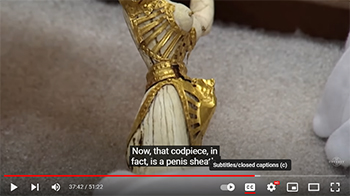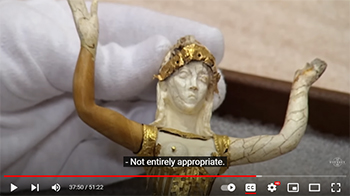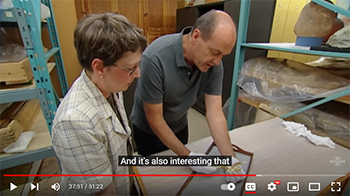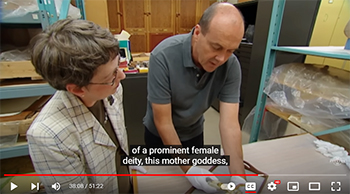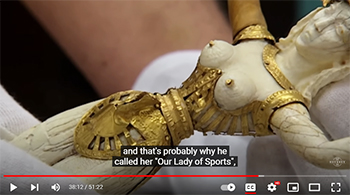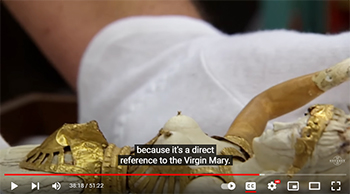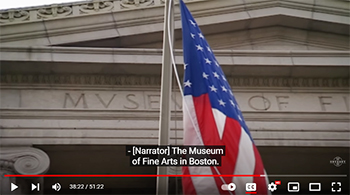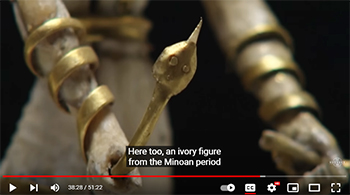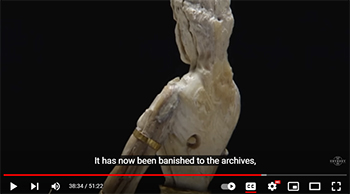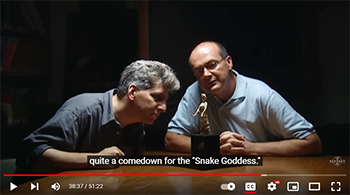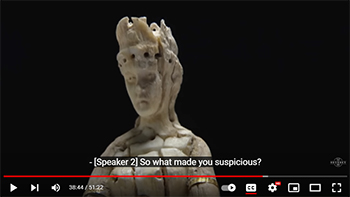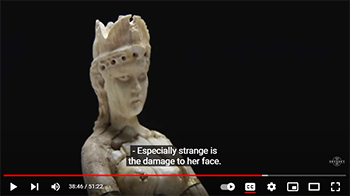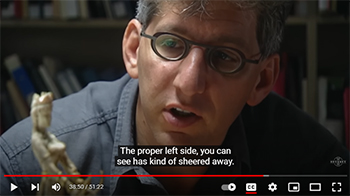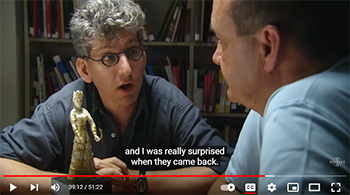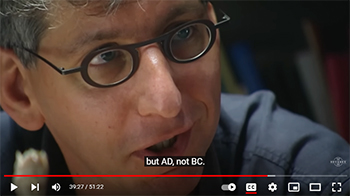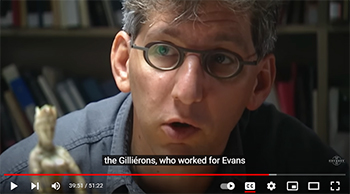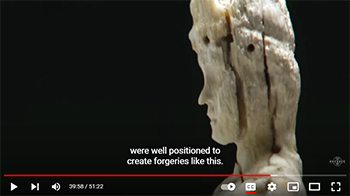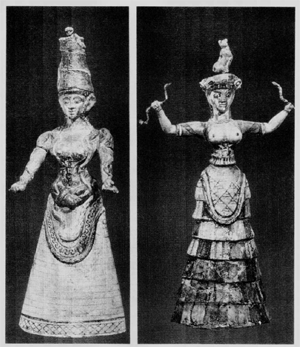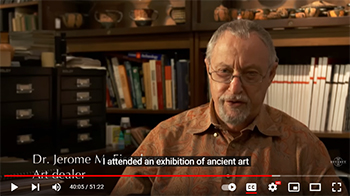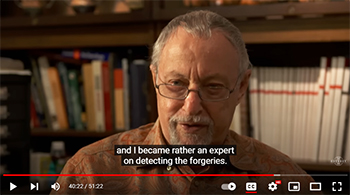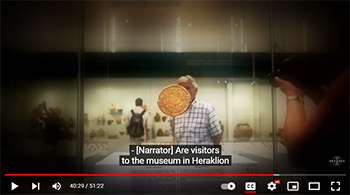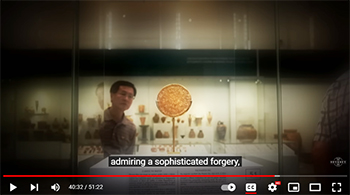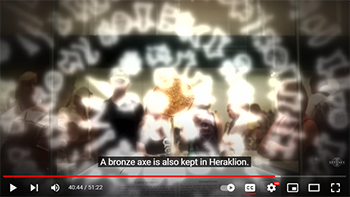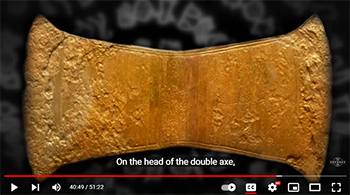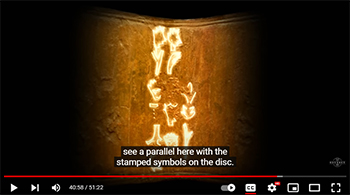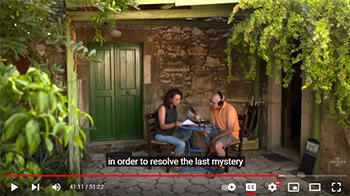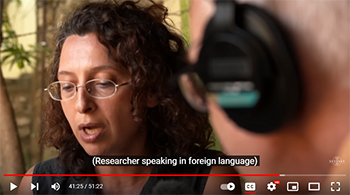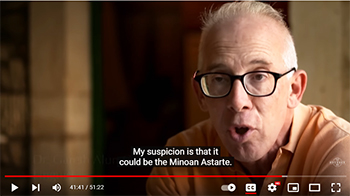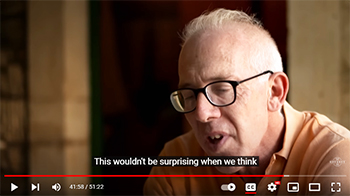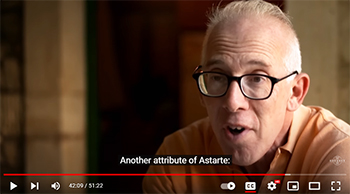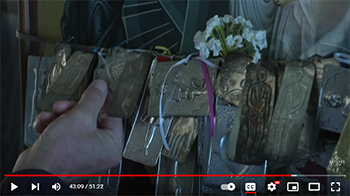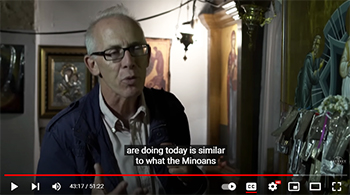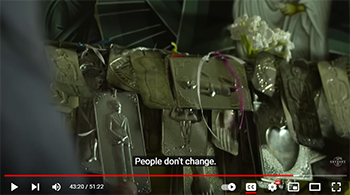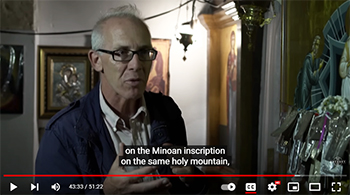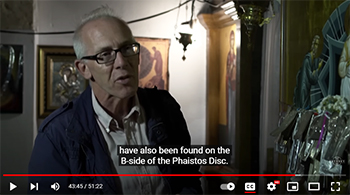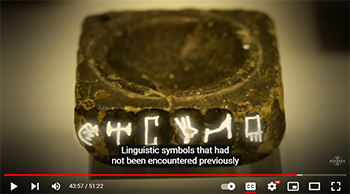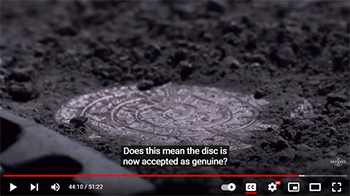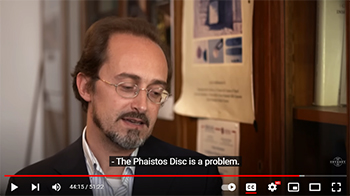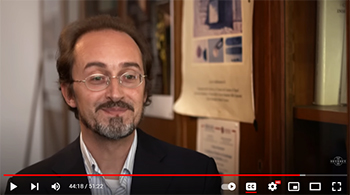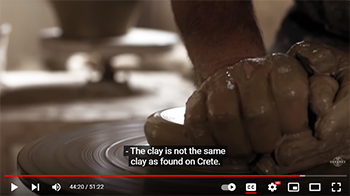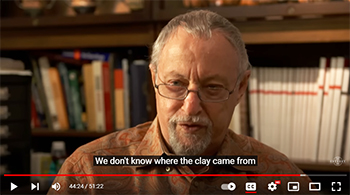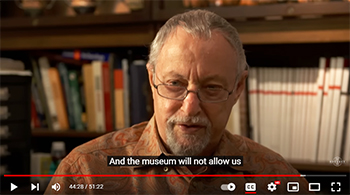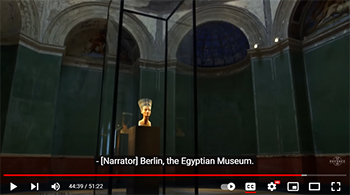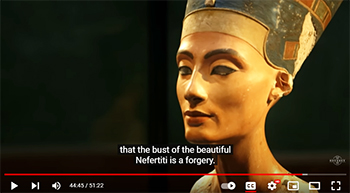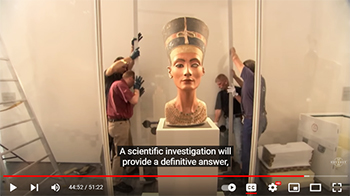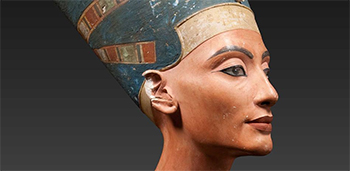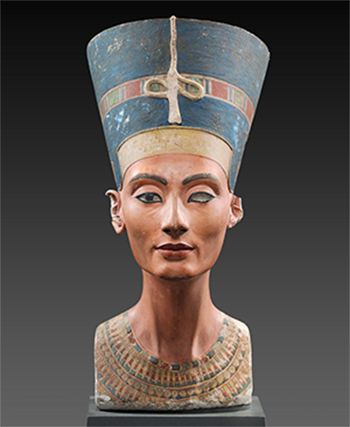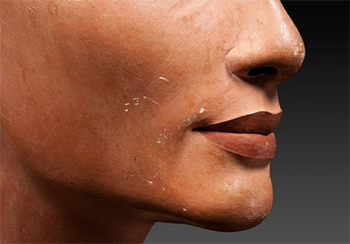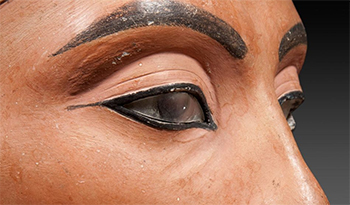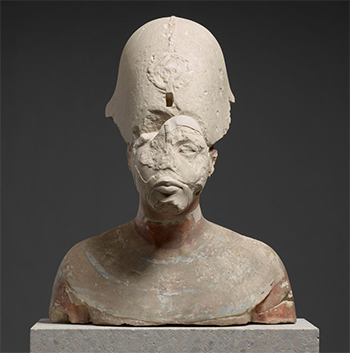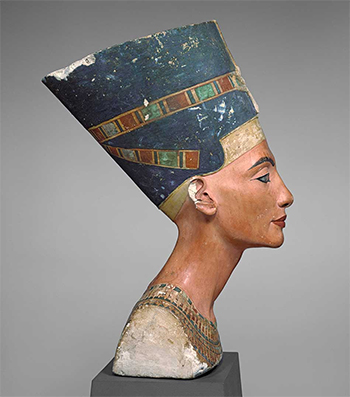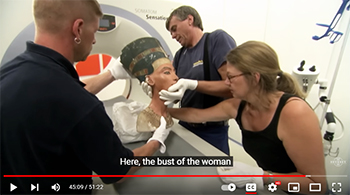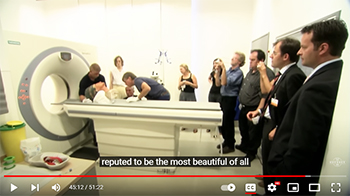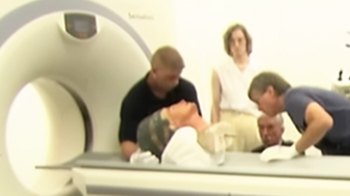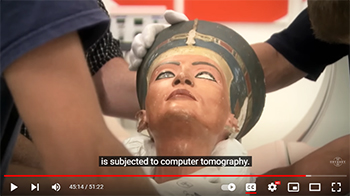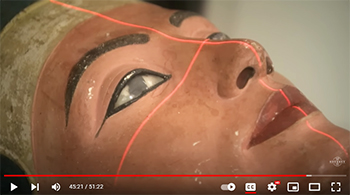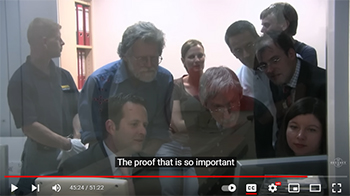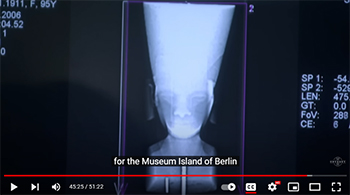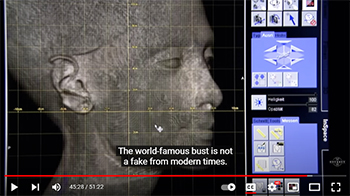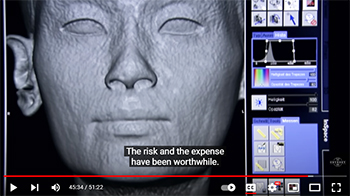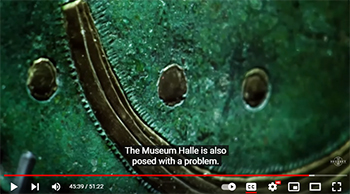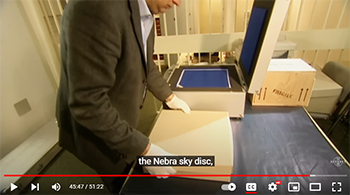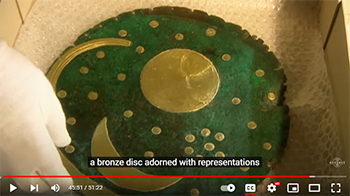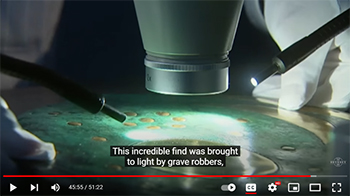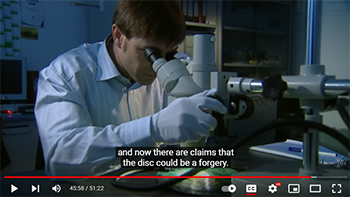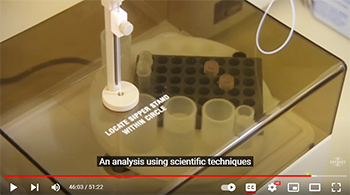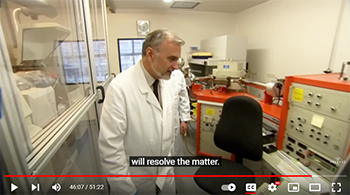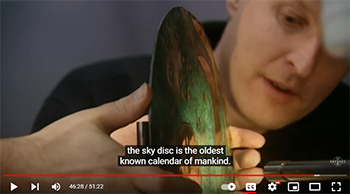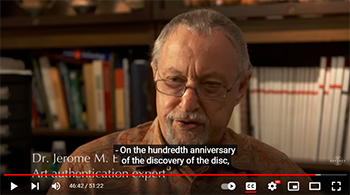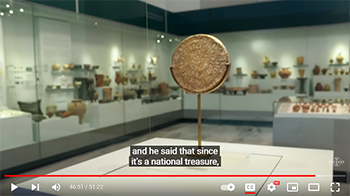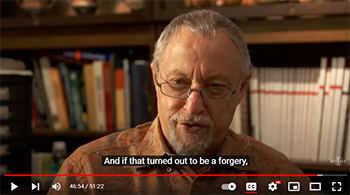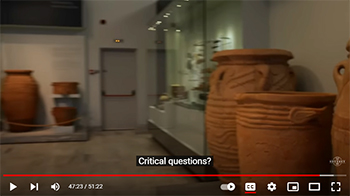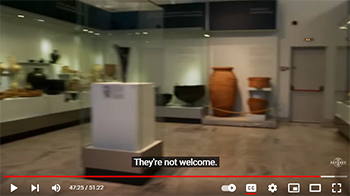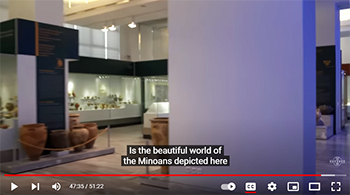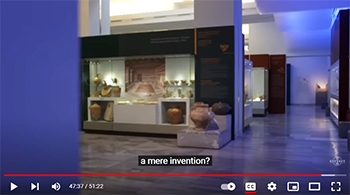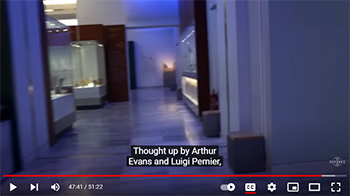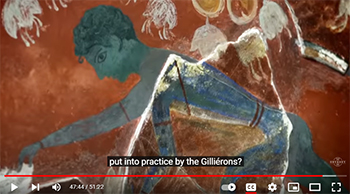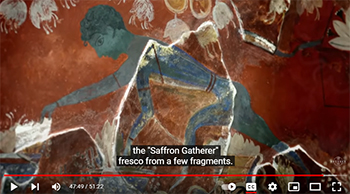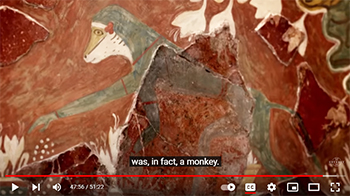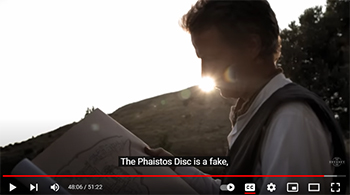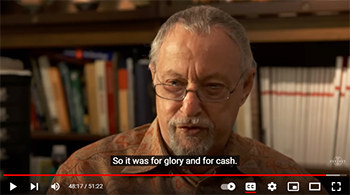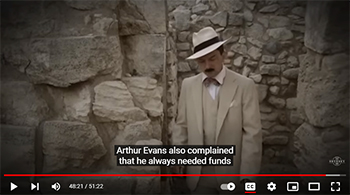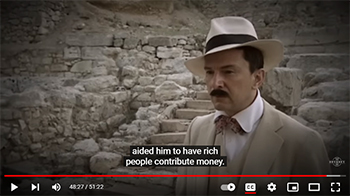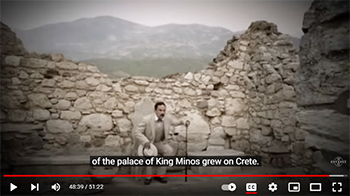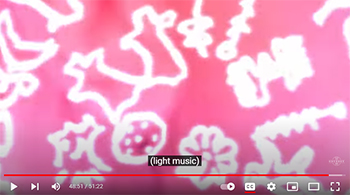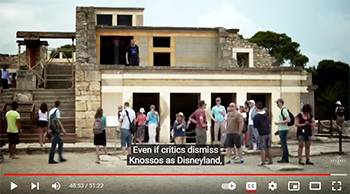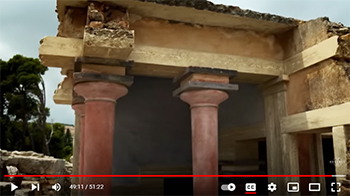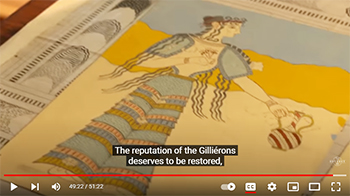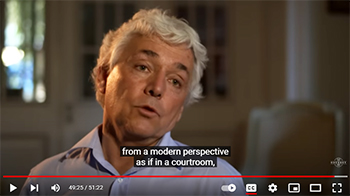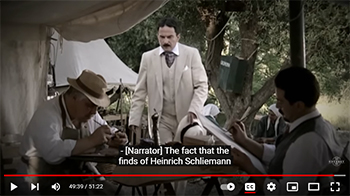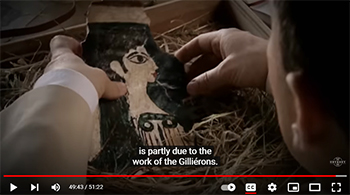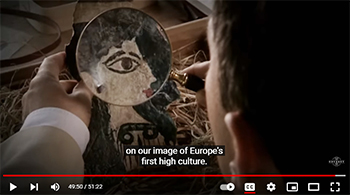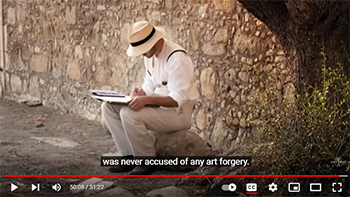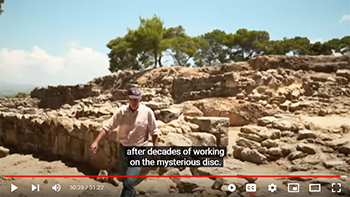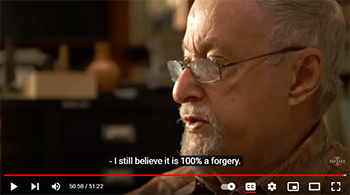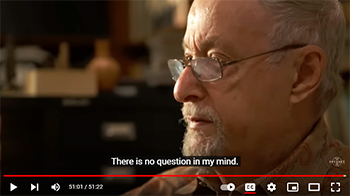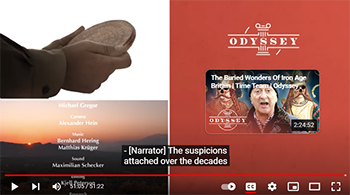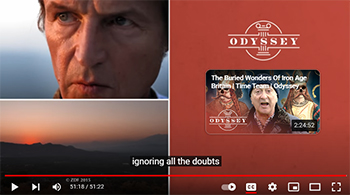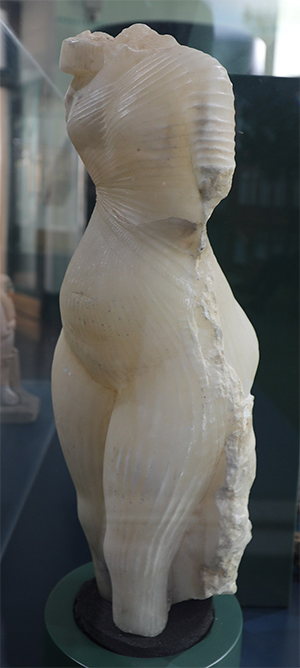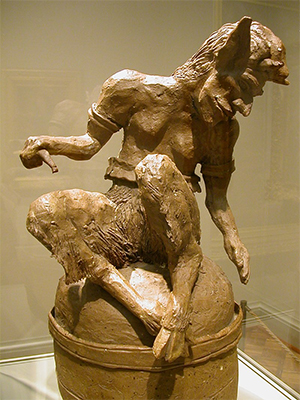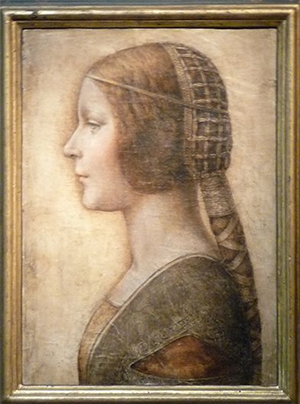by Nicola Reggiani
From Defining Authorship, Debating Authenticity: Problems of Authority from Classical Antiquity to the Renaissance
Edited by Roberta Berardi, Martina Filosa, and Davide Massimo
© 2021 Walter de Gruyter GmbH, Berlin/Boston
NOTICE: THIS WORK MAY BE PROTECTED BY COPYRIGHT
YOU ARE REQUIRED TO READ THE COPYRIGHT NOTICE AT THIS LINK BEFORE YOU READ THE FOLLOWING WORK, THAT IS AVAILABLE SOLELY FOR PRIVATE STUDY, SCHOLARSHIP OR RESEARCH PURSUANT TO 17 U.S.C. SECTION 107 AND 108. IN THE EVENT THAT THE LIBRARY DETERMINES THAT UNLAWFUL COPYING OF THIS WORK HAS OCCURRED, THE LIBRARY HAS THE RIGHT TO BLOCK THE I.P. ADDRESS AT WHICH THE UNLAWFUL COPYING APPEARED TO HAVE OCCURRED. THANK YOU FOR RESPECTING THE RIGHTS OF COPYRIGHT OWNERS.
There is a force of exultation, a celebration of luck, when a writer finds himself a witness to the early morning of a culture that is defining itself, branch by branch, leaf by leaf, in that self-defining dawn.1
1 Introduction
The history of writing supports in Antiquity is crossed by a dichotomy between tablet-like formats (waxed tablets, metal leaves, wooden codices, parchment sheets, etc.), devoted to the recording of offhand writings (ephemeral annotations, restricted and sometimes sacred texts, transcriptions of oral discourses), and scroll-like formats (leather/papyrus rolls), devoted to fixing canonized writings to be preserved and transmitted through time.2 The passage to the latter is always framed by concerns about authenticity and authorship.
A religious concern for authenticity (and efficacy) led the Messenian priests to transcribe ancient and precious rituals, earlier recorded on tin foils, onto rolls, for the sake of preservation, as recounted by Paus. 4.27.5. [3] The same claim underlays -- according to C. Calame -- the dichotomy between cultic commentaries on papyrus scrolls, like the well-known Derveni roll, and 'practical' texts on golden leaves, used as 'manuals' for the Netherworld by the initiates in the Orphic religion.4 Even earlier, the big effort of the Athenian tyrants for transcribing (on leather [?] rolls) the oral Homeric poems is embedded with strong concerns about restyling the original oral text with propagandistic interpolations, thus re-creating a canon of authenticity5 that came down to the Alexandrian philological practice.6 Authenticity and authorship get so much embedded into the scroll-like format to be transfigured to myth and to generate the tradition about 'Epimenides' skin', according to which an alleged leather book roll containing the Cretan seer's oracles became to be considered as his own inscribed skin.7
Later on, the spread of the writing practice for 'publishing' a work in roll format becomes a brand of Sophistic authorship and of cultural authority,8 widespread in Classical Athens and criticized as such by conservative authors. The famous parody of the chresmologos in Aristophanes' Birds stages a self-styled seer, who answers every question insistently and irritatingly blaring [x] ('take the book!', five times in ll. 974-89), identifying the written roll with the utmost authority of oracular speech.9 Accordingly, Plato, who notoriously supported a non-fixed transmission of knowledge, mocks those who rely on the sole authority of 'books': [x] (Phdr. 268c2-4), 'They would say, I suppose, that that man was mad and, since he read something in a book or bumped into some medicine, imagined he was a physician, while he did not have any real knowledge of the art'.
2 Book Authority in Ancient Medicine
Plato's criticism introduces us to the much-articulated theme of book authority and book format in ancient medicine, with its close relationship with the issues of authorship. Medical science was, indeed, among those technical disciplines that were object of book divulgation within the Sophists' environment at the end of the 5th century BC;10 however, in technical/practical fields of knowledge such as medicine itself, based on continuous progress, individual experience, and personal/oral teaching,11 fixing a canon is senseless, and the claims for authenticity and authorship take different ways.
Hippocrates himself, the revered 'father' of western rational medicine, stressed that texts are fundamental, but must be evaluated and consciously utilized, relocating the focus from the authority of the books to the authority of their users: [x] (Hippoc, Epid. III 3.16.1-4), 'I consider the ability of evaluating correctly what has been written as an important part of the art. He, who owns knowledge of it and knows how to use it, will not commit, in my opinion, serious errors in the professional practice'.
Some six centuries later, Galen echoes him with the following statement:
[x].12
'Therefore only the exercise and a detailed teaching do produce professionals; and for this reason it seems to me that people well say that the best teaching is that which takes place by means of the voice, and that from a book cannot emerge neither a good pilot nor anyone who practices any other art. The books indeed are a memorandum of what one has previously learnt and of what one already knows, not a complete teaching of what one does not know. Moreover, if someone -- and among them, those who do not have teachers available -- wants to read accurately the books written clearly and diffusely, like those written by us, he will take a great advantage of them, and above all if he does not hesitate to read them repeatedly'.13
The 'book', the medical writing, acquires authority from those who handle it, and not vice-versa. Accordingly, Galen claims the authenticity of two books of Hippocrates' Epidemics on the ground of the fact that they had been transcribed (onto rolls) from the latter's tablets (Gal. Diff. resp. 7.855.4-5 K.: 'two are of the great Hippocrates himself, and for this reason they were titled [x], from the small tablet).14 It is through such tablets, containing clinical annotations and therapeutic prescriptions, that medical knowledge was originally recorded and passed down.15 Before Hippocrates, they existed in the form of dedications in the healing god's temples such as the Akslepieia, with a focus on the healed person and the successful therapy rather than on its real 'author', being the god the alleged source.16 According to the tradition, Hippocrates took the medical tablets out of the Asklepieion of Cos and founded his medicine on them, thus starting a new model of textual circulation.17 The Corpus Hippocraticum is indeed unified under the authority of the 'father of medicine', but he is not the author of the entire collection, as everyone was and is aware of.
Though even the more elaborated treatises, conceived of as comprehensive reflections on specific topics of medicine, can be regarded as single steps of a 'work in progress', to which each generation adds its own contribution,18 the most significant witness as regards authorship and authority is what we can address as 'therapeutic literature' (recipes, prescriptions, collections of prescriptions). This is indeed shaped as the gathering of previous individual experiences, enriched by the compilers' personal engagement (and therefore we can find such a personal annotation as [x] 'you will not find anything better', in Hippoc. Mul. 1.78), thus producing a 'knowledge in progress', which undergoes further customized transmission and adaptations.19 The issue of authority and authorship gets more and more blurred, as any author could refer, for instance, to Hippocratic recipes for their authoritative efficacy, but without citing Hippocrates' name at all20 (on the contrary, literal quotes from proper treatises are usually introduced by explicit references). In a parallel and significant case, ancient Egyptian medicine produced written repertories of prescriptions and other practical notions, without mention of the compiler but with traces of personal re-use, in a technical practice that stressed the authority of the text more than of the author.21
3 Authority in the 'Therapeutic Literature'
Annotated evaluations of the medicaments' efficacy start appearing in Greek medical papyri from the first centuries of the Roman Empire onwards,22 reflecting a new trend in the medical practice: the exchange and swapping of single recipes or small collections of prescriptions among professional physicians, as attested in both literary23 and documentary24 records. This 'hunt' for the best or most exact medicaments (that we may summarize in the formula [x], mocking Aristophanes' chresmologos) introduces the need for, on one hand, pursuing authority as a synonym of efficacy and, on the other hand, maintaining the authorship of one's own 'products' (see below for the latter). Galen himself produced pharmacological books that are in fact collections of prescriptions taken from other 'authors' and compilers (the pharmacological compendiasts of the 1st century BC-1st century AD),25 and very often the memory of the original composer is retained in the medicament's name.
In the papyri, sometimes authority is given by the antiquity of the remedy, such as the 'ancient astringent' ([x]) in O. Bodl . 2.2181 1.3 (2nd century AD) and perhaps the [x], the remedy of 'the fathers', in PSI 10.1180r fr. b col. 21. 15 (1st/2nd century AD),26 but the most frequent expedient was to refer to the name of the author (either physician or pharmacist) of a particular prescription. Though this practice is sporadically attested already in the Ptolemaic age -- a collection of prescriptions from the 3rd century BC mentioning remedies 'of Mnason' ([x]), 'of Euedus/Euenus' ([x]), 'of Praxagoras' ([x]), and 'of Dionysius' ([x])27, it is from the 2nd/3rd century AD onwards that we find most of the instances.
Medicaments 'of Theodotus' (?) ([x]),28 'of Aphrodas' ([x]),29 'of Democritus' ([x]),30 'of Nikon' ([x]),31 'of Kollousis' ([x]),32 'of the queen' (i.e. Cleopatra) ([x]),33 'of Ioannes Lucius' [x])34 were undoubtedly famous, though what remains to us is a little more than a name, exhibited as a proof of prestige and efficacy in single recipes or collections of prescriptions. The extant pages of the famous 'Michigan Medical Codex' (P. Mich. 17.758, 4th century AD), a practising physician's working manual on a papyrus codex that includes personal additions and comments,35 record the 'authorities' of 'Azanites' [x] (folio Br I. 2), 'of Dionysios' [x] (folio Cr I. 8),36 and 'of Hygienus' [x] (folio Dr II. 4-5), while the second hand adds prescriptions 'of Heras' [x] (folio Er I. 5) and 'of Telamon' [x] (folio Er I. 9).37
This last example (Telamonios) shows a further step in marking the authorship of a medicament: the connection with its creator is so strong that the product is called with a derivative of the physician's name. We find three more attestations of this trend: [x] from Archagathus,38 [x] from Artemon,39 and [x] from Theodotos.40 Nevertheless, this was not a rule at all, as is shown for example by P. Scholl 1 5 (6th century AD), reporting an anonymous antidote that others call [x] 'of Philon.'41 This is explained by the fact that the formulations could be changed, adapted, customized by each individual physician, partly losing the connection with the original recipes. Such circumstances generated the second issue mentioned above, maintaining the authorship of one's own 'products' by means of stratagems like deploying an incomprehensible handwriting, symbols, more or less intentional alterations,42 to preserve some sort of 'authorial primacy' (or 'copyright', so to say) in a fluid environment without canons of any kind.
4 Conclusions
In general, and to sum up, in the 'therapeutic literature' authorship and authenticity are stressed not at the book level, but at the level of each single prescription, transmitted and collected as one fragment of a fluid and ever-changing knowledge.43 This made the tablet-like format particularly fitting as the recipient of texts 'in progress'. Recipes usually circulated in papyrus tickets/sheets or parchment 'notebooks' and subsequently were very often collected in codex formats,44 which are open to collections, annotations, additions, modifications, updates, making the concepts of 'authority' much more fluid and unstable, towards the definition of a 'multi-authorship', and stresses once more the importance of the book format for the transmission of texts and for the definition of their authenticity/authorship. Even when the prescriptions are transcribed in papyrus roll, there is room for previous and subsequent textual revisions. This is the case, for instance, with P. Berl. Moller 13, the remains of a roll from 4th-century AD Hermopolis Magna, which is a free elaboration of Heras' recipes as preserved by Galen, with a space left blank likely for further additions or annotations by the user.45 A case like Onomacritus', who was banned by the Athenian tyrants because uncovered while forging some oracular texts to be collected in a written edition,46 was not conceivable anymore.
_______________
Notes:
1 From D. Wolcott's 1992 Nobel Prize lecture, quoted in Hirsch (1995) 307.
2 Cf. Reggiani (2010), Reggiani (2018), and Reggiani (2020). Consequently, as I discuss in the cited contributions, the 'book revolution' at the end of Antiquity (i.e. the rise of the book in the codex format) consists in the change of purpose of the tablet-like format, which was then used to record and transmit canonized writings. Unless otherwise stated, translations are to be considered mine.
3 Cf. Henrichs (2003) 245-7.
4 Cf. Calame (2011).
https://doi.org/10.1515/9783110684629-011
5 Cf. Aloni (1984) and (2006) 101-18. On the writing support of the Homeric poems cf. Irigoin (2001) 8-19, and (2009) 9.
6 On the cultural activity of the Alexandrian library see recently Berti/Costa (2010) and forthcoming, with earlier bibliography.
7 Cf. Reggiani (2019b).
8 It was a 'culture of the book' as a means of 'popular' knowledge, promoting a new and different type of fruition of texts, exemplified by Isocrates' words [x] (Antid. 193.5; cf. Santamaria Alvarez [2008] 65-71). The book, apart from facilitating a practice of more and more private and repeated reading, became the main means of 'publishing' philosophical and rhetorical teachings, recovering the traditional meaning of the roll as authoritative writing but translating it into a proper editorial practice. The importance granted by the Sophists to the 'written word' is very likely due to the inadequacy of orality for their didactic activity; as teachers of political virtues they seek the power to control the logos and to discuss in an effective way. Their interest for the texts is mostly devoted to word plays, rhetorical virtuosity and erudite show, but also to real analyses of language (cf. Scollo [2013]). On the 'editorial culture' in late Classical Athens cf. Turner (2001) 16-24 and Kleberg (2002) 27-30.
9 Cf. Baumgarten (1998) 42-43; Dunbar (1998) 547-50: Henrichs (2003) 216-22.
10 Cf. Gemelli Marciano (2009).
11 Cf. Andorlini (2018) 15-18.
12 Gal. Alim. fac. 1.1 = 6.480.3-12 K.
13 cf. Roselli (2002) 36-43.
14 cf. Manetti/Roselli (1982) 167; Reggiani (2018) 131-2.
15 cf. Perilli (2007).
16 Strab. 8.6.15; cf. Angeletti (1991); Girone (1998); Gregis (2017); Reggiani (2018) 130-1.
17 Cf. Reggiani (2018) 129-30 with earlier bibliography.
18 Hippocrates himself, in the incipit of his treatise De diaeta (1.1), dealing with the philosophical foundations of medicine, treats the medical science as a progressive knowledge: [x] ('If I thought that any one of my predecessors to write on human regimen in its relation to health had throughout written with correct knowledge everything that the human mind can comprehend about the subject, it would have been enough for me to learn what had been correctly worked out by the labours of others, and to make use of these results in so far as they severally appeared to be of use. As a matter of fact, while many have already written on this subject, nobody yet has rightly understood how he ought to treat it. Some indeed have succeeded in one respect and others in another, but nobody among my predecessors has successfully treated the whole subject. Now none of them is blameworthy for being unable to make complete discoveries; but all are praiseworthy for attempting the research. Now I am not prepared to criticise their incorrect statements; nay, I have resolved to accept what they have well thought out. The correct statements of my predecessors it is impossible for me to write correctly by writing them in some other way; as to the incorrect statements, I shall accomplish nothing by exposing their incorrectness. If, however, I explain how far each of their statements appears to me correct I shall set forth my wish. These preliminary remarks are made for the following reasons: most men, when they have already heard one person expounding a subject, refuse to listen to those who discuss it after him, not realising that it requires the same intelligence to learn what statements are correct as to make original discoveries. Accordingly, as I have said, I shall accept correct statements and set forth the truth about those things which have been incorrectly stated. I shall explain also the nature of those things which none of my predecessors has even attempted to set forth ' (transl. W.H.S. Jones).
19 Cf. Reggiani (2018).
20 On the Hippocratic tradition in the Greek papyri from Egypt cf. Andorini (2018) 105-16.
21 The reference is to Papyrus Ebers, a 16th-century BC catalogue of recipes (loosely arranged by disease) and clinical cases, collected along with anatomical sections to serve as a reference manual for practicing physicians. Marginal annotations, added by the user, record the physician's individual experience ('really effective'). On Papyrus Ebers see recently Scholl (2002). Updated bibliographic references (up to May 25, 2018) are available at the following link: <http:/sae.saw-leipzig.de/fileadmin/redakteure/user_upload/Literaturliste_pEbers.pdf.; on the marginal additions cf. Andorlini (2018) 16 n. 5.
22 Cf. Lang (2013) 180 n. 164.
23 Gal. Comp. med. sec. loc. 1.1 = 12.423.13-15 K.: [x] 'This medicament, written as it is, has been found by our colleague Claudianus in a folded parchment, having its user died'; Indol. 33-5: [x] 'The recipes of all these medicaments were safely kept in two folded parchments that one of the heirs, a great friend of mine, spontaneously gave me without asking him. This was the first stroke of luck that put the medicaments at my disposal, and listen to the second one. When I came to Rome for the first time [ ... ] [x] I found a fellow citizen and student of mine, Teuthras, who lived in the city, and who had received the parchments of physician Eumenes, who was from Pergamum as well, loved the medicines, and was richer in medicines than the other doctors. Such parchments were gathered in one [scil. notebook] from all over the world, so to say, thanks to his continuous travels [ ... ]. From such preparatory annotations, if someone was in possess of an extraordinary medicine, I obtained it easily, giving two or three similar recipes in exchange'.
24 P. Mert. 1.12.13-24 (AD 59, letter from Chairas to Dionysos): [x]. 'You sent me two copies [scil. of recipes], one of Arcagathus' plaster, the other of the cicatrizing one. Archagathus' one is correctly composed, while the cicatrizing one lacks the dosage of the resin. Please let me know of a strong cicatrizing medicament that can heal without risk the soles of the feet, since I need it urgently. As to the hard one, you wrote me that there exist two types of it: please send me the recipe of the dispersing one; indeed, the tetrapharmakon is hard as well'.
25 Essential reference to this matter is still Fabricius (1972). For the papyrological evidence of this tradition cf. Andorlini (2018) 226-9.
26 Cf. Andorlini (2004) ad loc.
27 SB 8.9860, respectively at fr. a col. 1 I. 1 and fr. b col. 4 I. 8; fr. a col. 1 I. 17; fr. b col. 2 I. 1; fr. b col. 3 I. 4. Cf. Tsoukalas (1962) ad locc.
28 PSI 10.1180r fr. b col. 2 I. 5 (1st/2nd century AD). Cf. Andorlini (2004) 115 ad loc.
29 SB 24.159171.19 (2nd century AD). Cf. Reiter (1997) 811-2 ad loc.
30 GMP 2.5 col. 6 I. 12 (2nd/3rd century AD). Or Damocrates: cf. Hanson (2009) 98 n. 40.
31 BGU 3.953 I. 1 (3rd/4th century AD).
32 GMP 2.8, verso (5th century AD). This mention acts as a docket tag on the back of a prescription. The name can be a variant of [x] cf. Mitthof (2009) 140 ad loc.
33 P. Ant. 3.127 fr. 5b II. 4-5 (7th century AD) if it is not Bacc[ou), cf. Andorlini (2018) 89-91; perhaps also PSI 10.1180r fr. b col. 2 I. 22 (1st/2nd century AD) if it is not [x] 'royal' (Andorlini [2004] 116 ad loc.).
34 P. Ant. 3.127 fr. 2b II. 3-4 (7th AD). Cf. Andorlini (2018) 88-89 also for the attestations of this source in Galen and the connection between Galen and the papyrus tradition.
35 Cf. Ann Hanson's introduction to Youtie (1996).
36 Perhaps the same as SB 8.9860b mentioned above. The reference is accompanied by the citation [x] indicating the 'second book' of said physician as the source for the following formulation.
37 Cf. Youtie (1996) ad locc.; Andorlini (2018) 6. On Azanites (attested also in Oribasius) cf. also Andorlini (2018) 93-94.
38 P. Mert. 1.121. 14 (AD 59), see above. Cf. Andorlini (2018) 26.
39 PSICongr.XXI 3 col. 2 I. 9 (1st century BC); the same name is attested in Gal. Comp.med.sec.loc. 4.7 (12.780.7-11 K.).
40 P. Haun. 3.47r = SB 18.13310, II. 1 and 4 (2nd century AD); the same name is cited also by Gal. Comp. med. sec. loc. 4.8 (12.754.10-18 K.), Celsus Med. 6.6.6, Marcellus Empiricus 8.15 Niedermann, Alexander of Tralles 2.51 Puschmann, and Paulus of Aegina 7.16.26 Heiberg. Cf. Youtie (1985).
41 Paul. Aeg. 7.11.13.1-3 Heib.; Orib. Syn. ad Eust. 3.182.10-11.
42 On the peril of the transmission of prescriptions, see Gal. Antid. 1.5 = 14.31.10-15 K.: [x], 'Some prescriptions are transcribed badly, because some people alter them purposely when they give them to those who requested them, while others move away from the copies received; and indeed, of the books kept in the libraries, those containing the symbols of the numbers (scil. for the dosage) are easily forged'. See also Gal. Comp. med. gen. 4.7 = 13.726.5-17 K.; cf. Andorlini (2018) 34-35. Elsewhere, Galen says that the parchment recovered by his colleague Claudianus (see above) was written very badly, almost in symbols. For incorrect transcriptions see also Chairas' letter in the Merton papyrus cited above.
43 Cf. Reggiani (2018) and (2019a).
44 See Reggiani (forthcoming).
45 For details see Reggiani (2018) 138.
46 Hdt. 5.90.2 and 7.6.3-4. Cf. Baumgarten (1998) 48-52.

